Cultivating Blueberries with Pelemix Substrates
Blueberries thrive in well-draining, moisture-retaining conditions with a low pH (4.5-5.5). Pelemix provides precise control, balanced air-to-water ratio, and meticulous irrigation and fertilization.
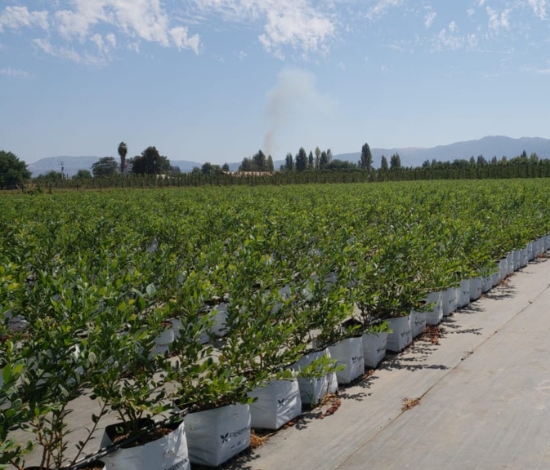
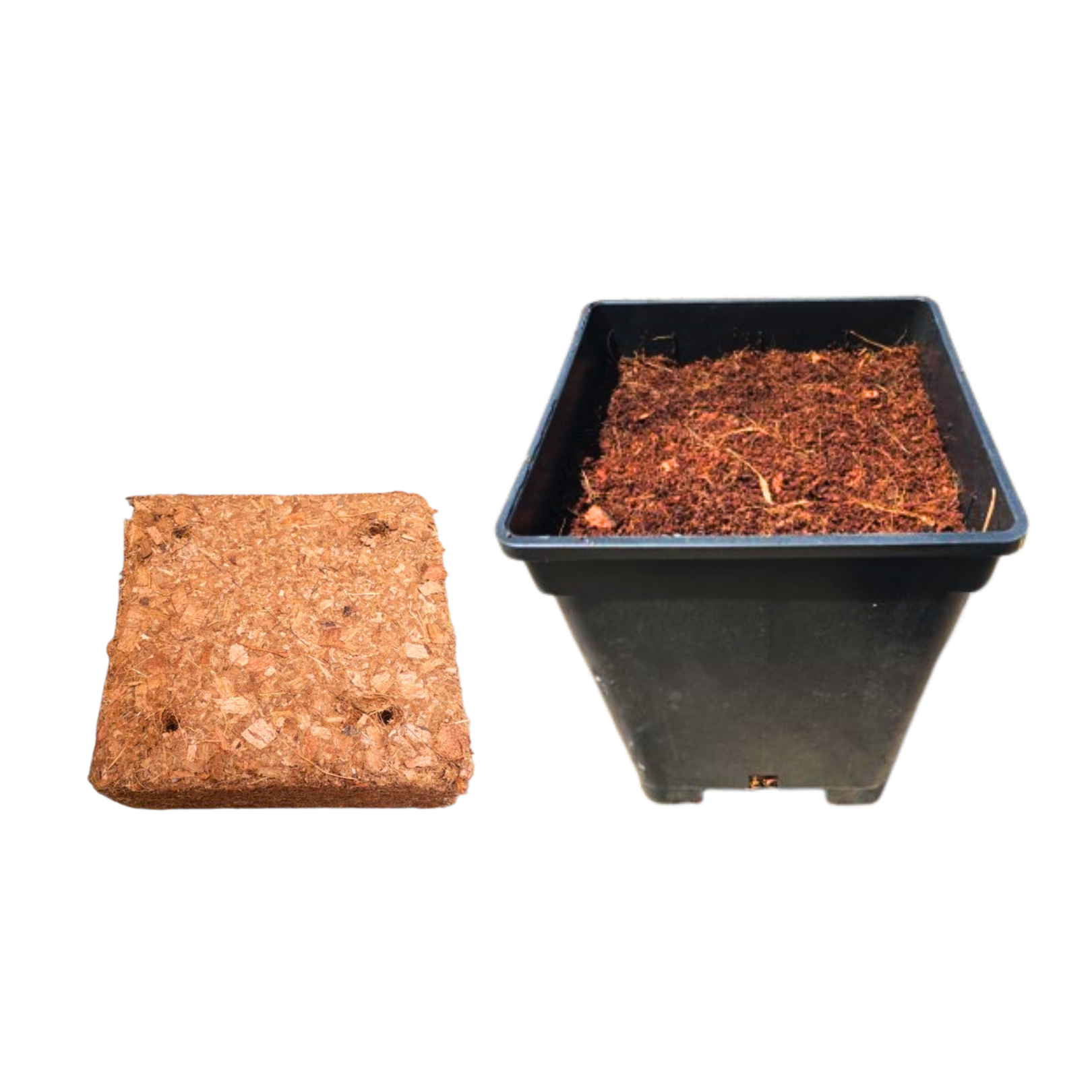
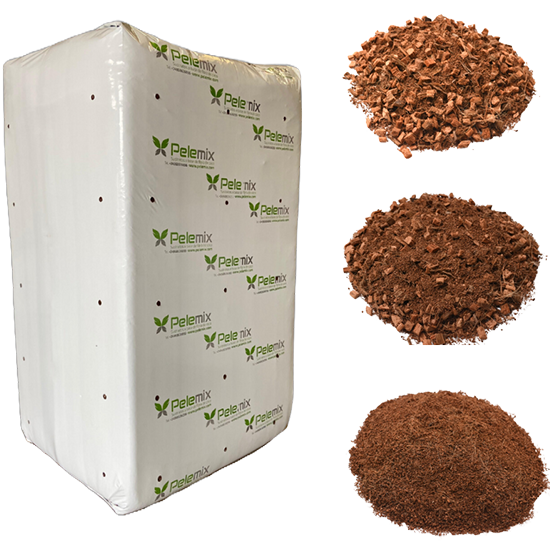
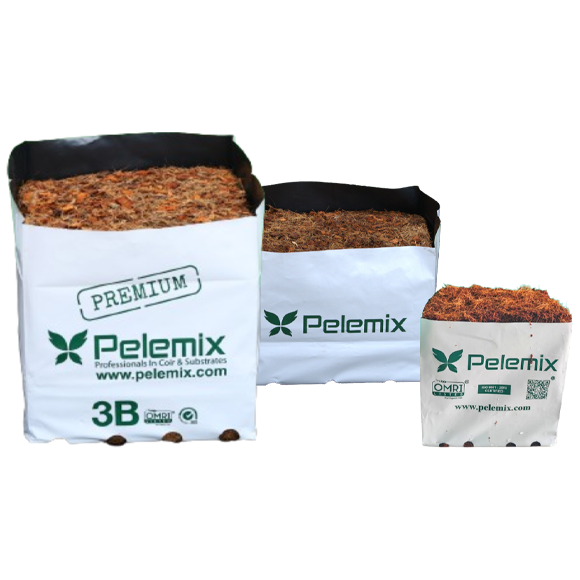
Open Top 3B System
Our 3B Multi-Drain Open Top System for hydroponic blueberries combines a special coco-coir blend with our innovative Open Top bag.
Blueberries thrive in well-draining, moisture-retaining conditions with a low pH (4.5-5.5). Pelemix provides precise control, balanced air-to-water ratio, and meticulous irrigation and fertilization.
Designed for container-grown blueberries, this blend offers the aeration and drainage needed, maintaining the ideal pH for blueberries.
Our premium coir products are designed for blueberry cultivation, offering customized solutions through our Agronomy department.
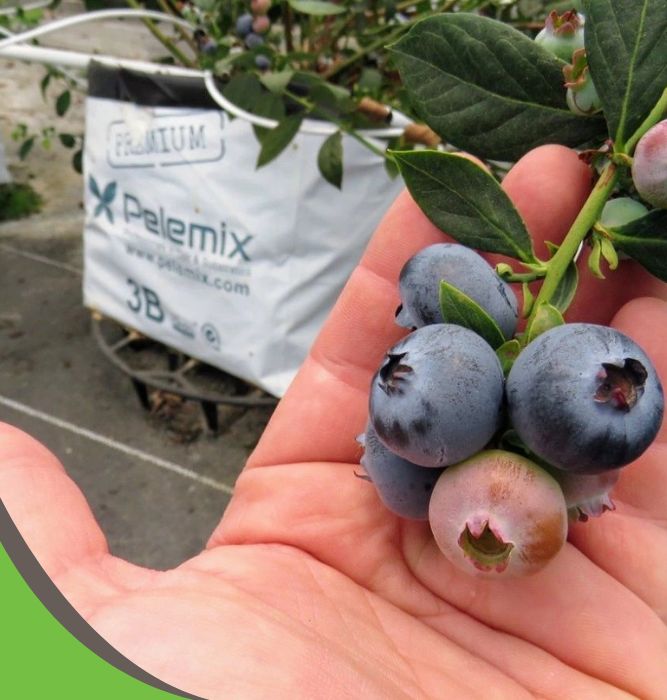
Acidic soil enhances nutrient uptake, especially essential elements like iron(Fe), manganese(Mn), and phosphorus(P).In higher pH soils (above 6.0), iron deficiency can occur, leading to chlorosis (yellowing of leaves vein), poor growth, and reduced fruit yield. Blueberries have shallow, fine roots without root hairs, making them less efficient at absorbing nutrients in alkaline or neutral soils. Certain soil microbes that help break down organic matter and release nutrients prefer acidic conditions.